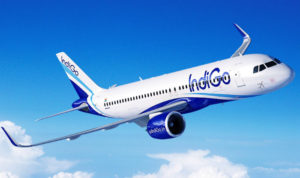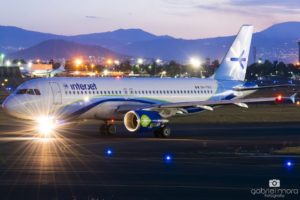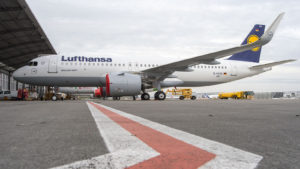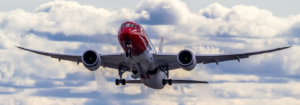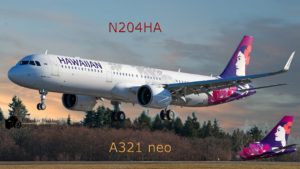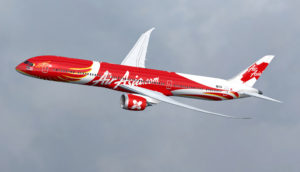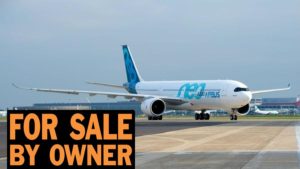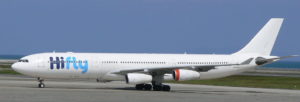ABU DHABI (Reuters) – Indian airline IndiGo on Sunday said wide-bodied aircraft are an “aspiration” and talks with manufacturers are ongoing but there is no firm timeline amid difficult market conditions in the Indian market.
The budget airline, owned by InterGlobe Aviation <INGL.NS>, faces fierce competition in the very price sensitive Indian market where carriers are struggling to remain profitable despite filling 90 percent of their seats and rising demand.
IndiGo recently reported a steep fall in quarterly profit due to higher fuel prices and continued pressure on yields reflecting price competition.
“Wide-bodied aircraft are an aspiration, we have talked to manufacturers. We are looking at A330neo and Boeing 787,” Chief Commercial Officer Willy Boulter told Reuters in Abu Dhabi, declining to go into details.
IndiGo, India’s biggest low-cost carrier by market share, announced direct flights, starting Monday from two south Indian cities, Kochi and Kozhikode to Abu Dhabi, the capital of the United Arab Emirates.
In the Gulf, the airline has direct flights to Dubai and Sharjah in the UAE as well as to Doha and Muscat. Flights to Kuwait will be launched this week, to Saudi Arabia in November and Hong Kong in December, Boulter said.
In early 2019, IndiGo plans to start flights to London with an Airbus A321 aircraft stopping at a mid-point that is yet to be selected, he said. Other international destinations for launch include Kuala Lumpur and Phuket, Thailand, in November.
IndiGo is working closely with the Indian government to take advantage of opportunities under bilateral agreements where travel rights will become available for additional markets, he said, adding that IndiGo has applied for rights to Europe and Asia.
“We are confident of bilaterals being expanded further,” he said.
IndiGo has a fleet of 192 aircraft and more than 400 aircraft on order. The first batch of Airbus A321neo aircraft with 222 seats will be delivered next month, he said.
(Reporting By Stanley Carvalho)
